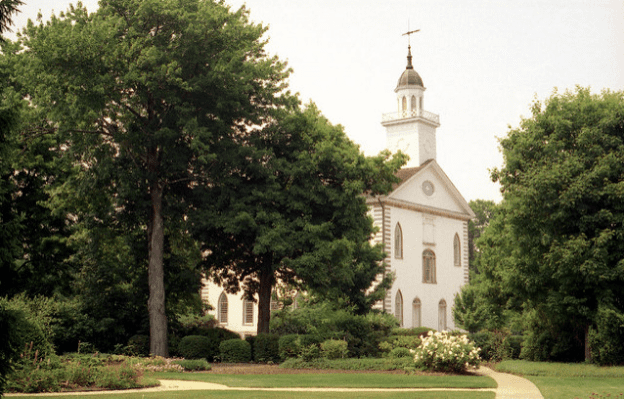 I’ve been pondering on the crisis of identity when who we are in New Zealand feels so dissimilar from the culture of an indigenous American church to which we also belong. For the Mormon church IS deeply American, and wears the stories, mythologies, politics and culture of its roots upon its loins. The part that New Zealand holds in that lore is more ambiguous.
I’ve been pondering on the crisis of identity when who we are in New Zealand feels so dissimilar from the culture of an indigenous American church to which we also belong. For the Mormon church IS deeply American, and wears the stories, mythologies, politics and culture of its roots upon its loins. The part that New Zealand holds in that lore is more ambiguous.
We in New Zealand seem to have made little impression on the metropol except that a few Americans came here on missions or other assignments and a few New Zealanders have emmigrated to ‘Zion’. So it would seem that the work of sense making belongs to the periphery. The work of finding one-self in the competing streams of discourse belongs to the mission field. Who are we in a space and time which has been constituted by the rhythms of a place that few people in New Zealand will ever visit? The names of towns and cities in Utah: Salt Lake City; Provo; Pleasant Grove; Sandy; Spanish Fork; Manti; St George; are as familiar to New Zealand Mormons as well as our own neighbouring suburbs. But organizing these towns and cities in their correct geographical relationship with each other is less straightforward.
Likewise making sense of Mormonism from afar is like trying to install Mustang parts into a Prius chassis. The work of assuming a Mormon identity at the periphery is thus more contested and complicated. More than tea and coffee and illicit sex we give up more of ourselves in this quest to belong than our pioneer progenitors have ever had to. The titles ‘President’, ‘Brother’, ‘Sister’, ‘Elder’ and ‘Bishop’ fall that little bit more grudgingly from our lips. It is considered presumptuous to call anyone a ‘saint’ let alone to refer to oneself as a ’saint’ yet there is some pressure from the ‘Brethren’ (church leaders) to do so (notwithstanding some recent PR branding around the epithet ‘Mormon’). Our association with the church is admitted only reluctantly in polite company, and our enthusiasm for the political positions and cultural activities of what we perceive to be the Utah church sits somewhat uneasily with our own national political orientation.
Yet, bonded we are to the USA, in an uneasy truce between the two parts of ourselves, the part which seeks spiritual reconciliation via a unique and idiosyncratic corpus of religious doctrine, and the part of many New Zealand Mormons who seek belonging and identity as social, political and economic participants in our national community.
To add to the burden of uncertainty and dislocation is the matter of femininity and the women’s place in the Mormon church. At the periphery we are called upon to manage ideological competition. To assert ourselves as adherents of an American faith tradition is one thing, but to assert ourselves as women in the same tradition which is unashamedly patriarchal complicates our sense of who we are. Yet such is the ambiguity of the Mormon discursive territory that its own cultural politics become the points upon which resistance is born. On the one hand Mormon girls are told they are ‘queens’, priestesses, are supernal, capable, intelligent and brilliant. On the other hand we are surrounded by correlated materials which insist that despite our brilliance our greatest fulfillment and life’s purposes will be most aptly met in our primary roles as wives, mother’s and home-makers, and then on the other hand we are exposed to close and frequent readings of the church canon which gives every indication that Jesus’ position on femininity was one of graciousness, respect, and an acute awareness of the contextual constraints placed upon women to rise to their fullest spiritual capacities. The tension created between these places of opposing certainties might give rise for some women to a kind of activism as they hack away at these spaces and carve out a place of reconciliation.











